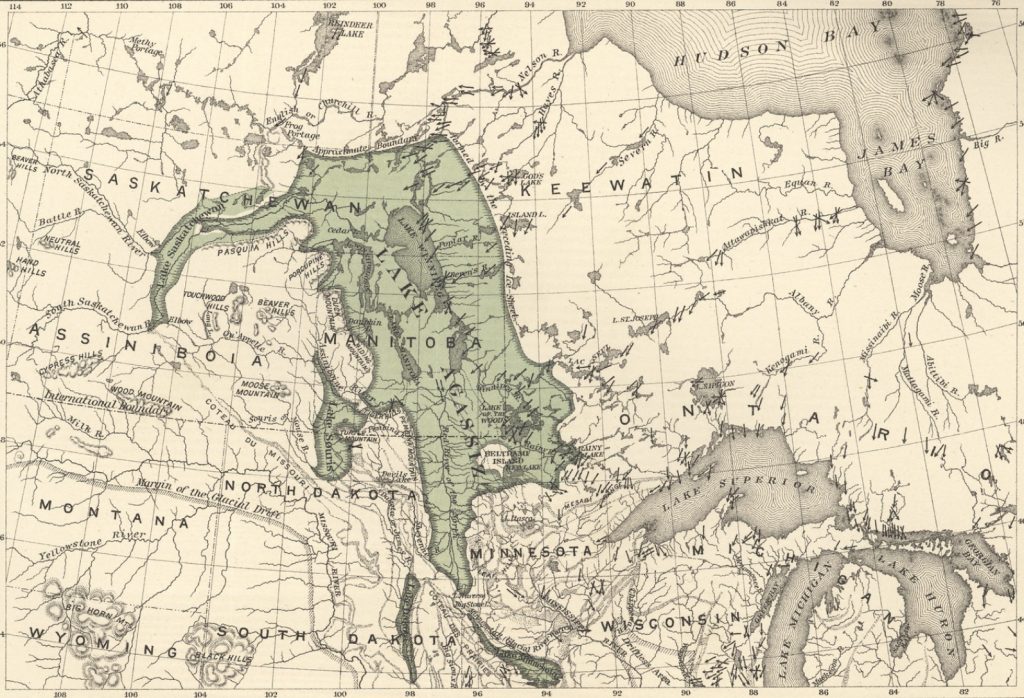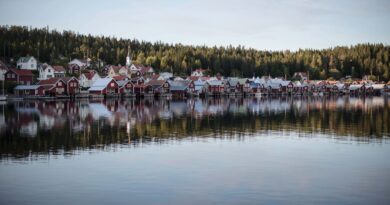The First Swede in Manitoba

Considered the first Swede in Manitoba, and Minnesota’s first Swede, Jacob Fahlstrom is the only known Swede to immigrate via Hudson Bay, arriving at York Factory in a Hudson’s Bay Company ship in 1811. Born near Stockholm, Sweden on 25 July 1793, he had signed a five-year contract before boarding the ship at Stornoway, Scotland. By 1812 Jacob is listed as living at Playgreen Lake, Manitoba, near the north end of Lake Winnipeg. Following the end of his contract, he was hired by the rival North West Company, leaving their employ at Sault Ste Marie to join the American Fur Company.
Jacob’s Territory of Minnesota Declaration of Intention document, dated 2 September 1850, gives his date of birth as 1796 and places his entry into the United States at Mackinaw Island, then Michigan Territory, in 1814.

Having developed close cultural ties with the Ojibwa, he became known as “Yellow Head” for the blonde colour of his hair. He married Margaret Bonga in 1823 in Fond du Lac, Minnesota, with whom he had nine children. Margaret was the daughter of an Ojibwa woman and Pierre Bonga who worked for the North West Company around 1804 –1814 and then for the American Fur Company.
Jacob is mentioned as being in the region of the Minnesota River by 1819 when the U.S. Army arrived to build Fort Snelling at the confluence with the Mississippi River. Jacob worked as a ‘striker’ in the blacksmith shop at Fort Snelling and the associated Indian Agency. His home is recorded as a blacksmith shop on a map of the area made in 1832. He is also said to have supplied the Fort with wood, as well as carrying the mail north to the Lake Superior region, and from Prairie du Chien to St Croix Falls.
Although technically illegal for civilians to settle on military land, the Fahlstrom family and others were living in the Coldwater Spring area near Fort Snelling, Minnesota because they were considered useful. With the signing of the Mendota treaty in 1839, civilians were asked to leave. Those who resisted were forcibly evicted. The family moved across the river, unaware they were still on Fort land. Evicted twice more, Fahlstrom is said to have determined to walk east until the sun set, sure that then he would be well and truly away from the army. This is supposedly why he named his farm Afton (‘afternoon’ or ‘evening’ in Swedish).
In 1838 Jacob settled on a farm in Washington County, Minnesota and later converted from Lutheranism to become a Methodist missionary known as Father Jacob. He is said to have carried with him a pocket bible written in Swedish which was a gift from his mother. He died on 29 July 1859 and is buried in a cemetery on the Fahlstrom’s Valley Creek farm in Washington County. Margaret died on 6 February 1880 and is also buried in the family plot on the old homestead.
Compiled from various sources, including Elinor Barr’s book “Swedes in Canada: Invisible Immigrants.” Reproduced with permission from the Swedish Cultural Association of Manitoba.






